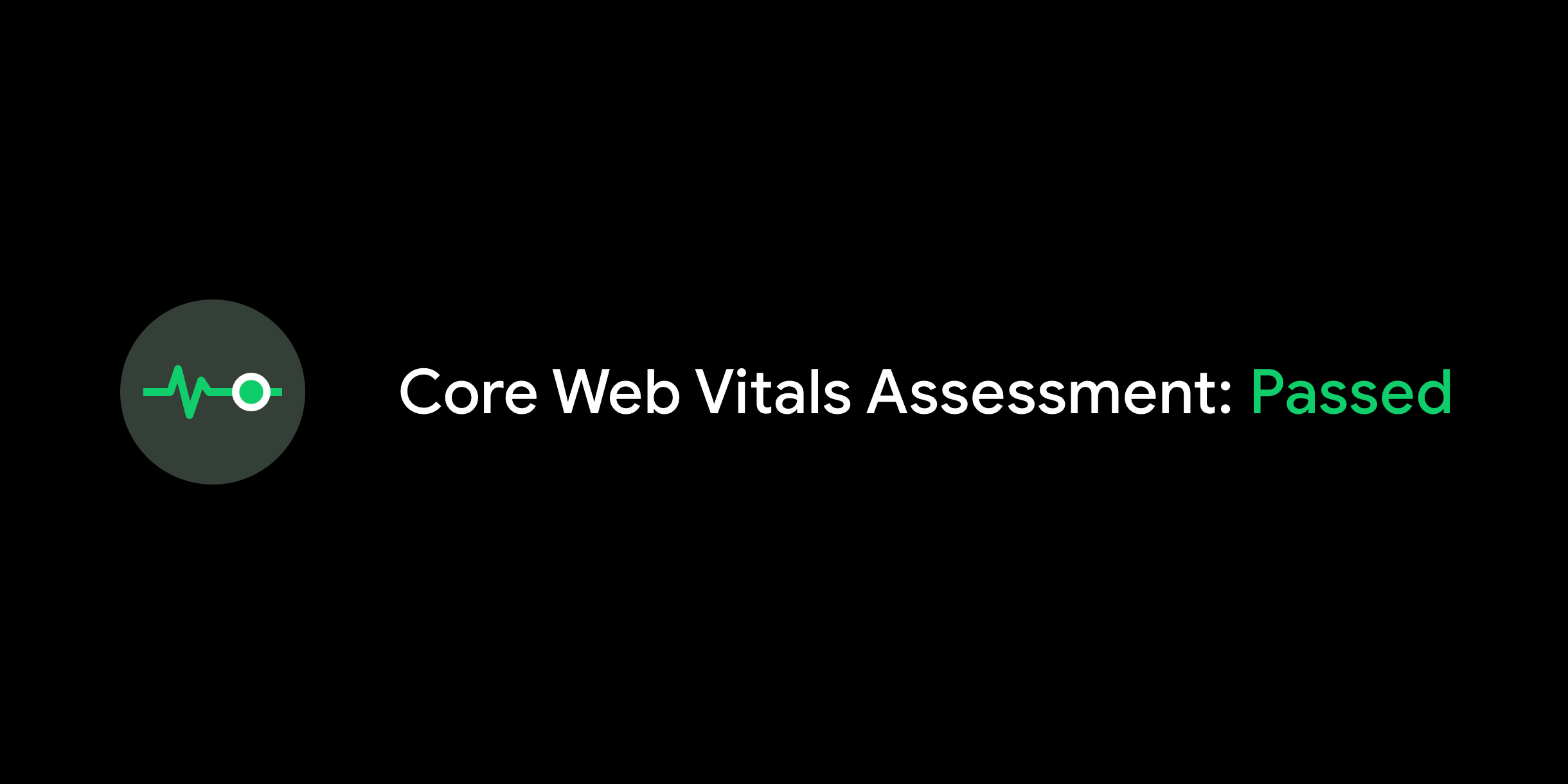A couple months ago, this blog reached a web performance milestone which I shared on LinkedIn, Bluesky, Mastodon, Twitter:
For the first time ever, I’ve just seen my blog appear in field metrics from CrUX (Chrome UX Report), albeit in desktop only and for the origin not an individual URL. Baby steps. In any case, Core Web Vitals Assessment: Passed ✅
Yesterday, I checked PageSpeed Insights again, and I was excited to discover that my blog is now also appearing in field metrics for mobile as well! And like desktop, the CWV assessment is also passing for mobile. The eligibility criteria for the CrUX dataset includes that “there must be a large enough number of visitors in order to create a statistically significant dataset.” Granted, my site is still only getting enough traffic for origin-level metrics, and I can’t see field metrics for the homepage URL specifically, but it’s another baby step! (Or maybe a toddler step?)
I’ve really been trying to double down this summer on tuning every bit of performance possible out of WordPress (on the frontend), using my site as a case study, and I’ve been sharing my findings in posts here. I hope the site traffic is an indication that the community has found my posts helpful. The learnings are also making their way into Performance Lab feature plugins as well as in performance improvements on the roadmap for WordPress 6.9. I have some more posts that I’m working on. You can subscribe to get them in your inbox.
On August 27th (next Wednesday) at WordCamp US 2025 here in Portland, Oregon, I’m giving a talk called “The Site Speed Frontier with Performance Lab and Beyond” at . I hope to see you there, but it will also be livestreamed and recorded. I’ll be blogging an elaborated version of what I have time to share in my talk. (By the way, if you are attending in person, check out My Portland Picks post for what I recommend visitors check out!)
One takeaway I’ll be emphasizing in my talk is that we needn’t settle with sites merely passing the Core Web Vitals assessment or achieving a “perfect” 100 performance score in Lighthouse. Why be content with a good 2-second LCP when it could be half that or even practically zero? Web performance is a journey, and there’s always room for improvement. I can see from my blog’s field metrics, for example, that the TTFB is hovering around the threshold between “needs improvement” and “poor”. In spite of this, the frontend is so tuned that on mobile the LCP-TTFB in CrUX is 400ms and on desktop it’s only 100ms.
I personally love optimizing the performance of WordPress sites, but I get it that this isn’t for everyone (nor should it be). By landing our improvements from the Core Performance Team, my hope is that WordPress core (and the ecosystem) will have best practices implemented by default so that site owners needn’t worry about performance.
I had to take some PSI screenshots to memorialize the milestone:
Field Data via CrUX


Lab Data via Lighthouse


Where I’ve shared this on social media if you want to discuss there:

Leave a Reply